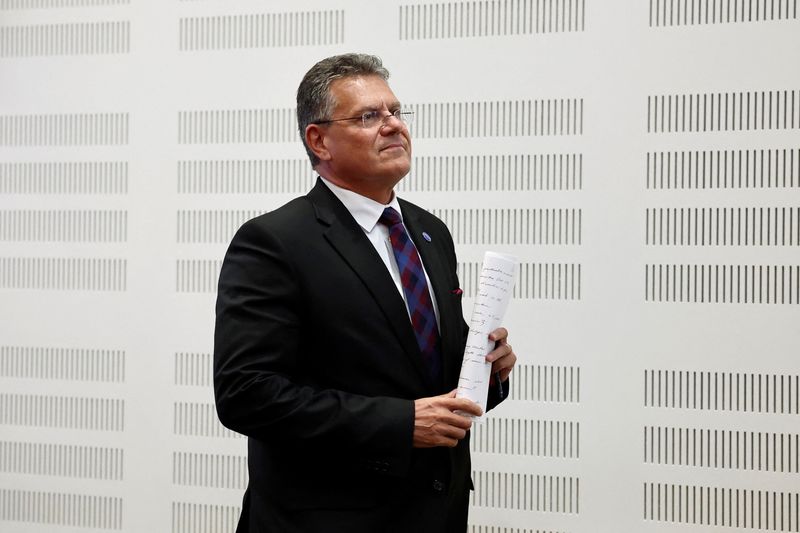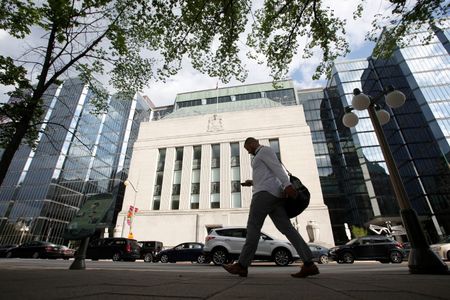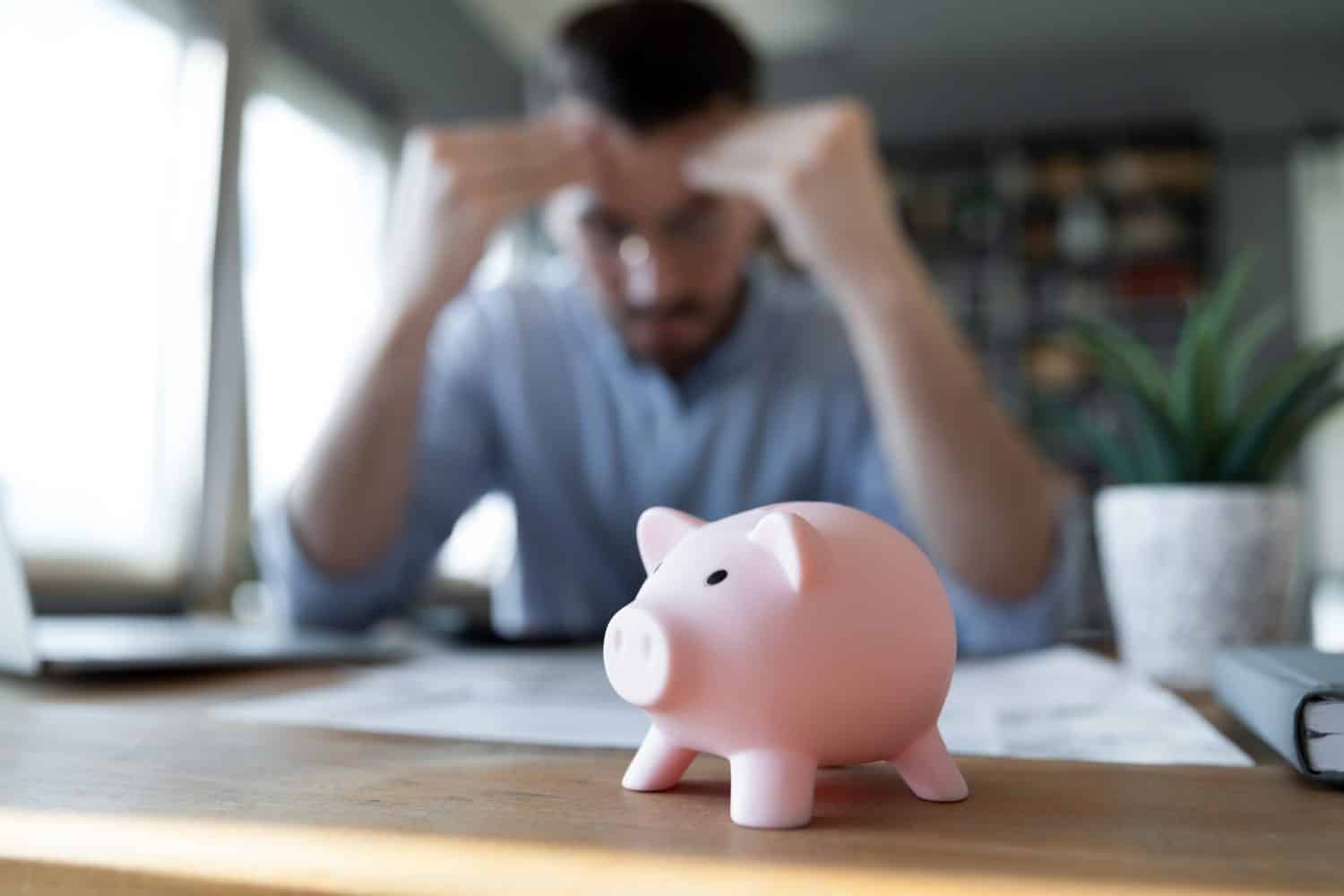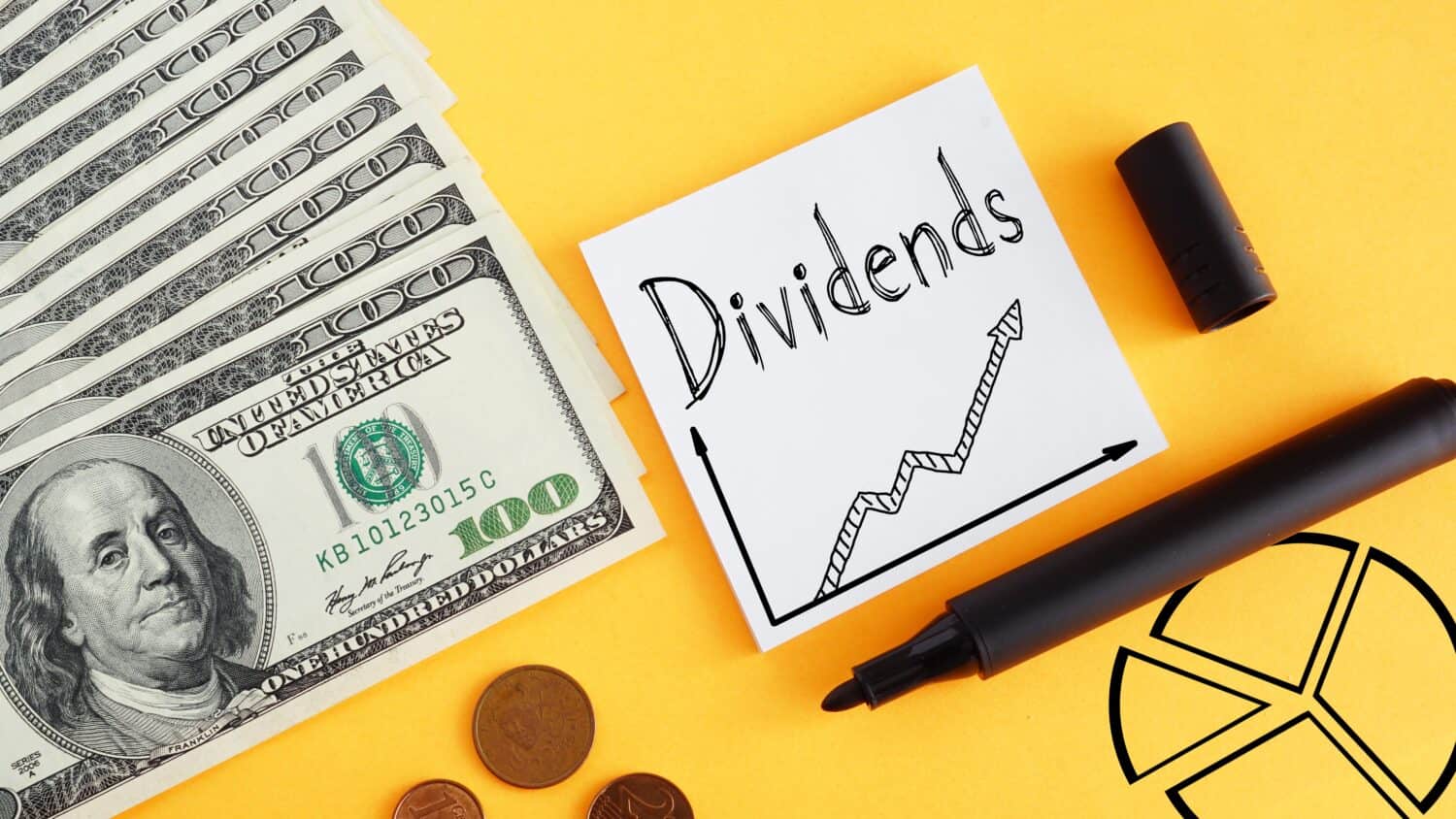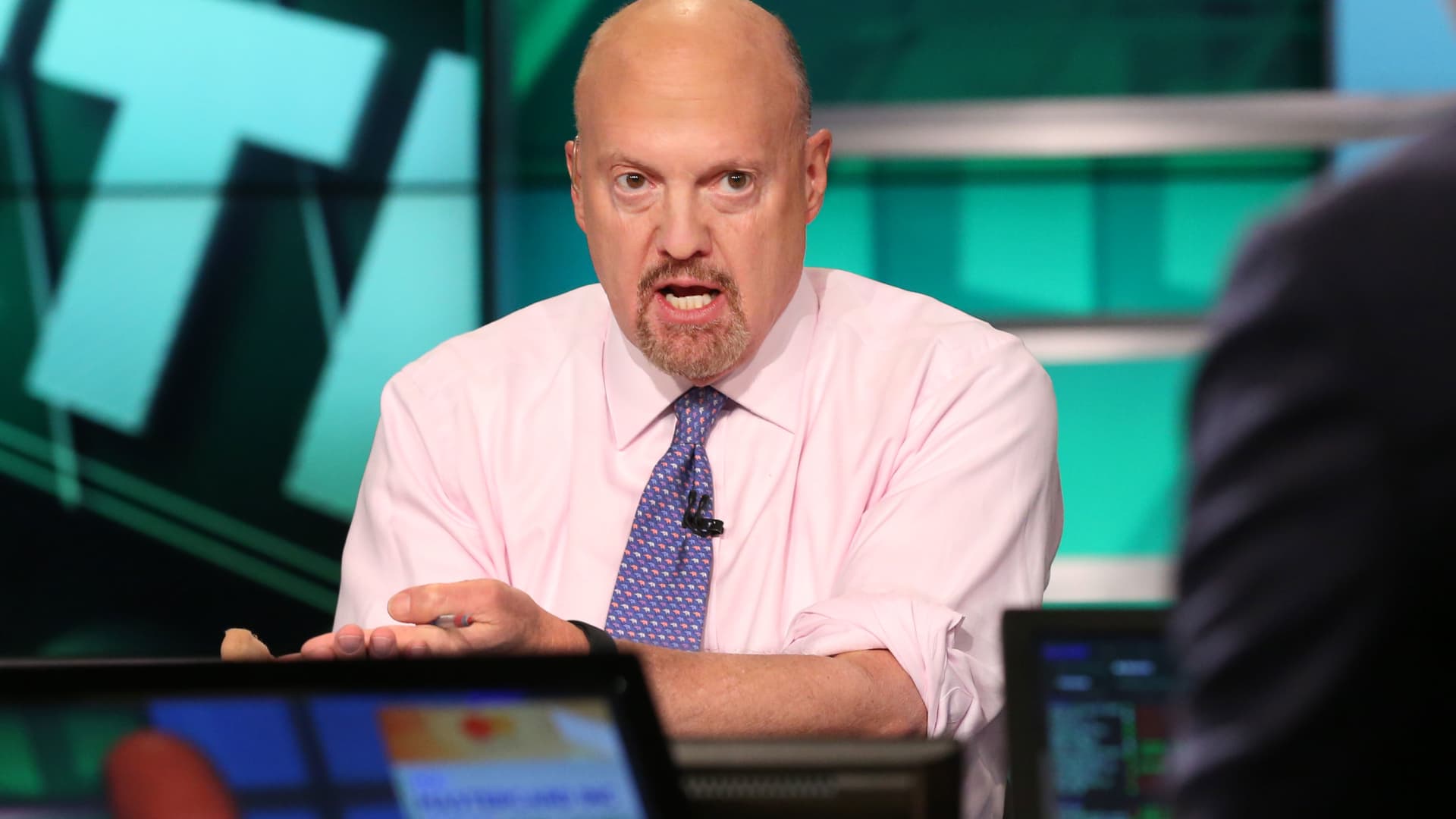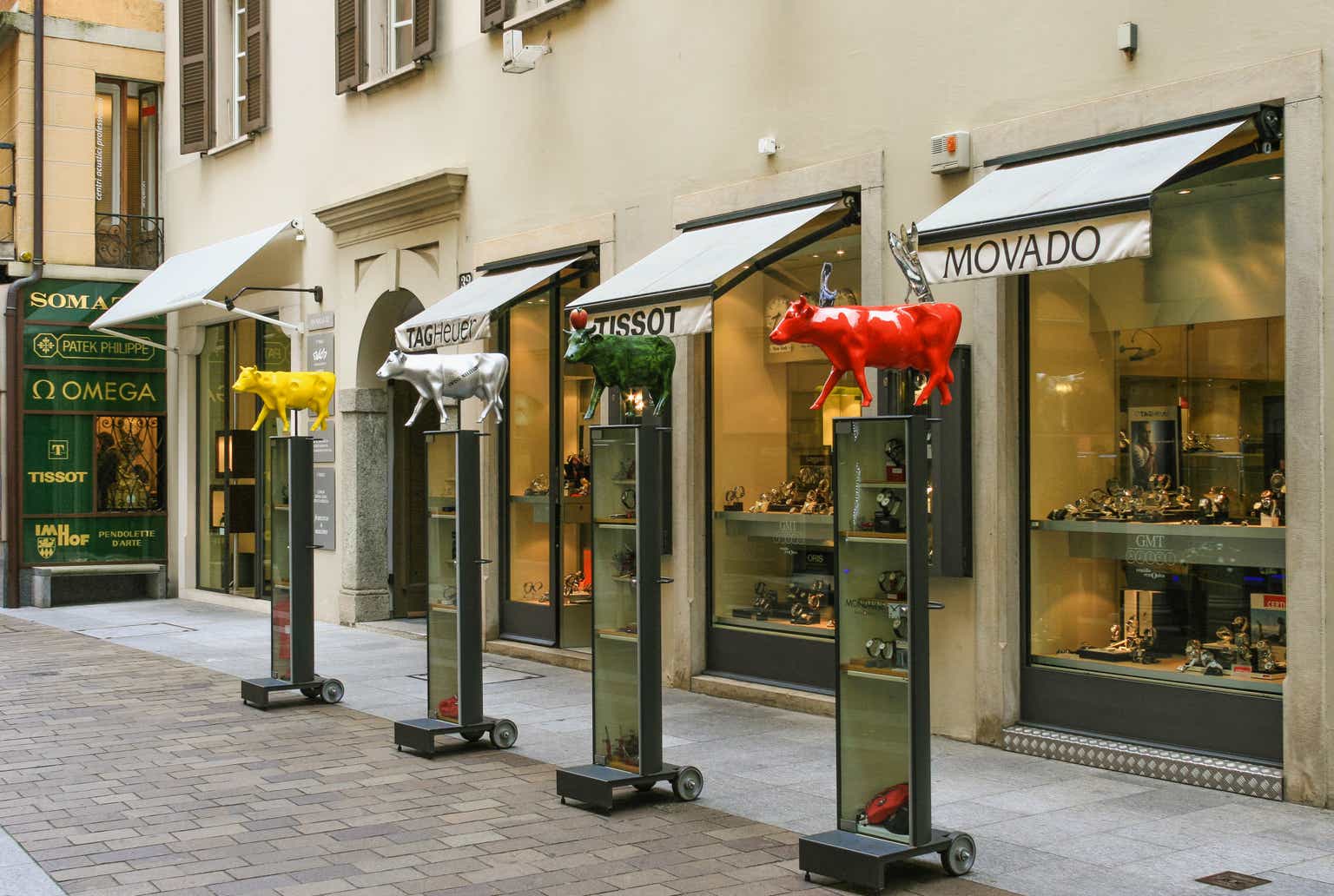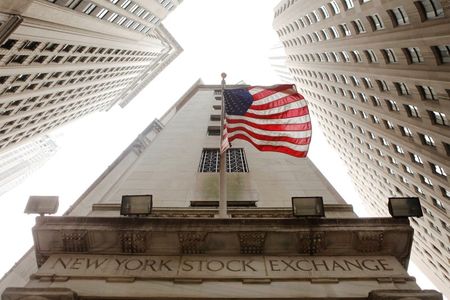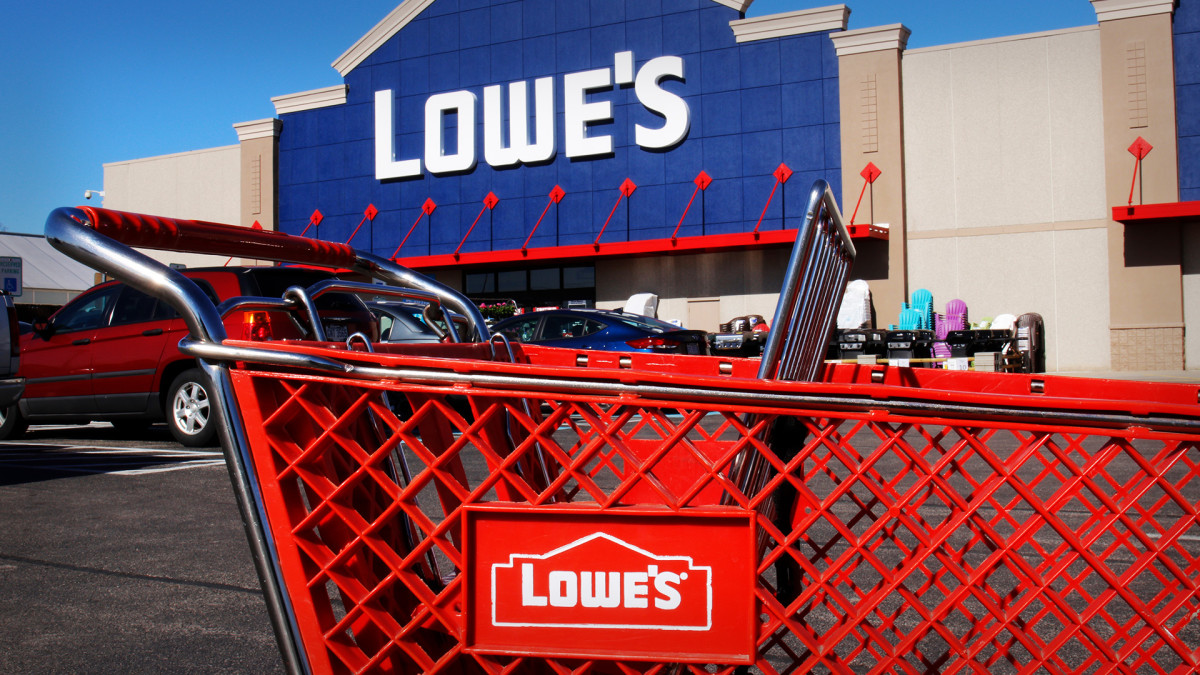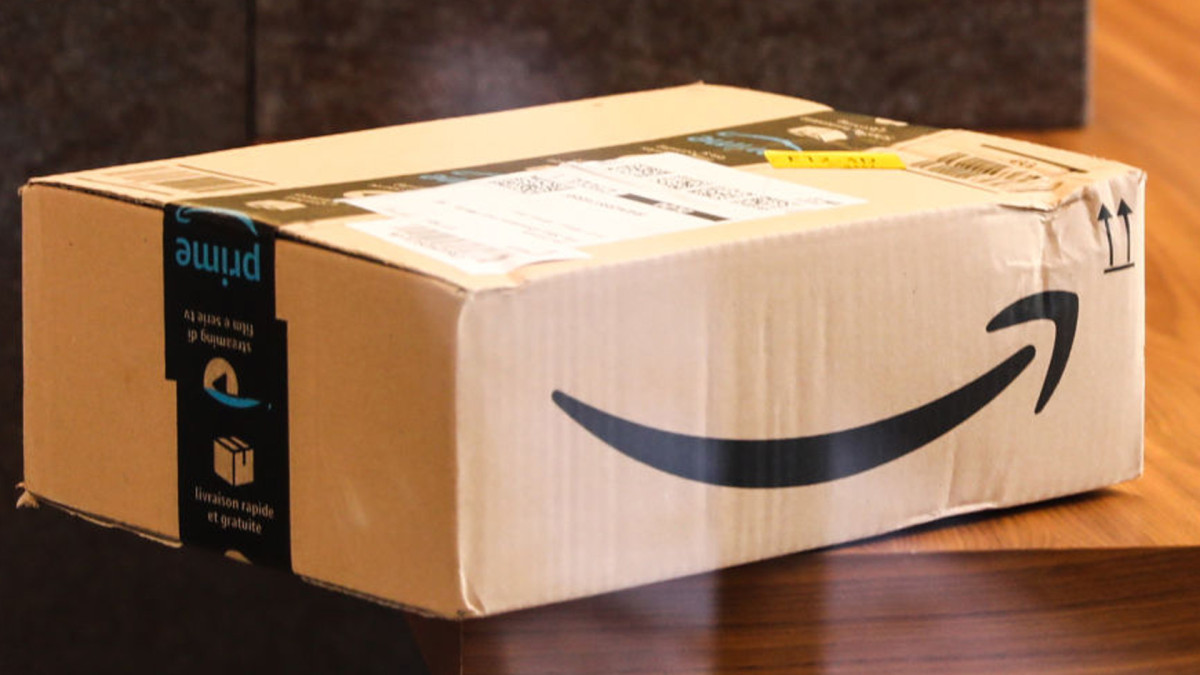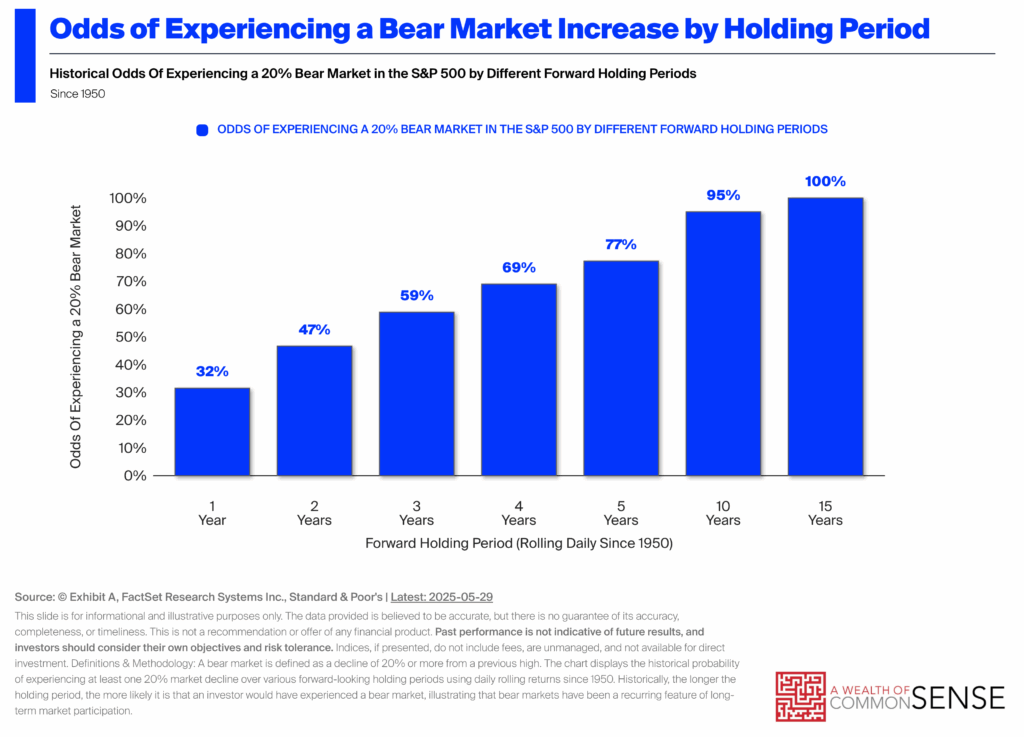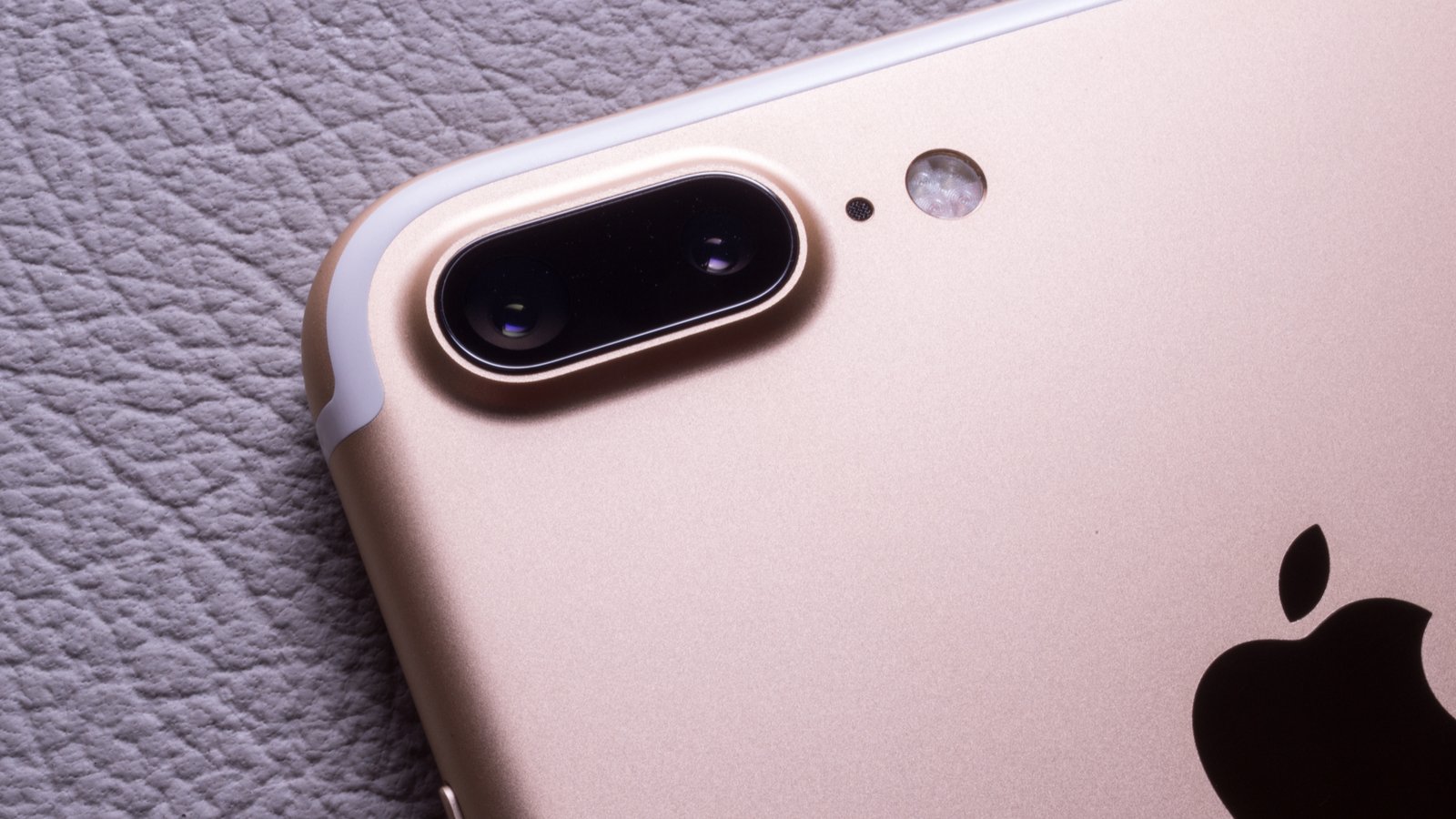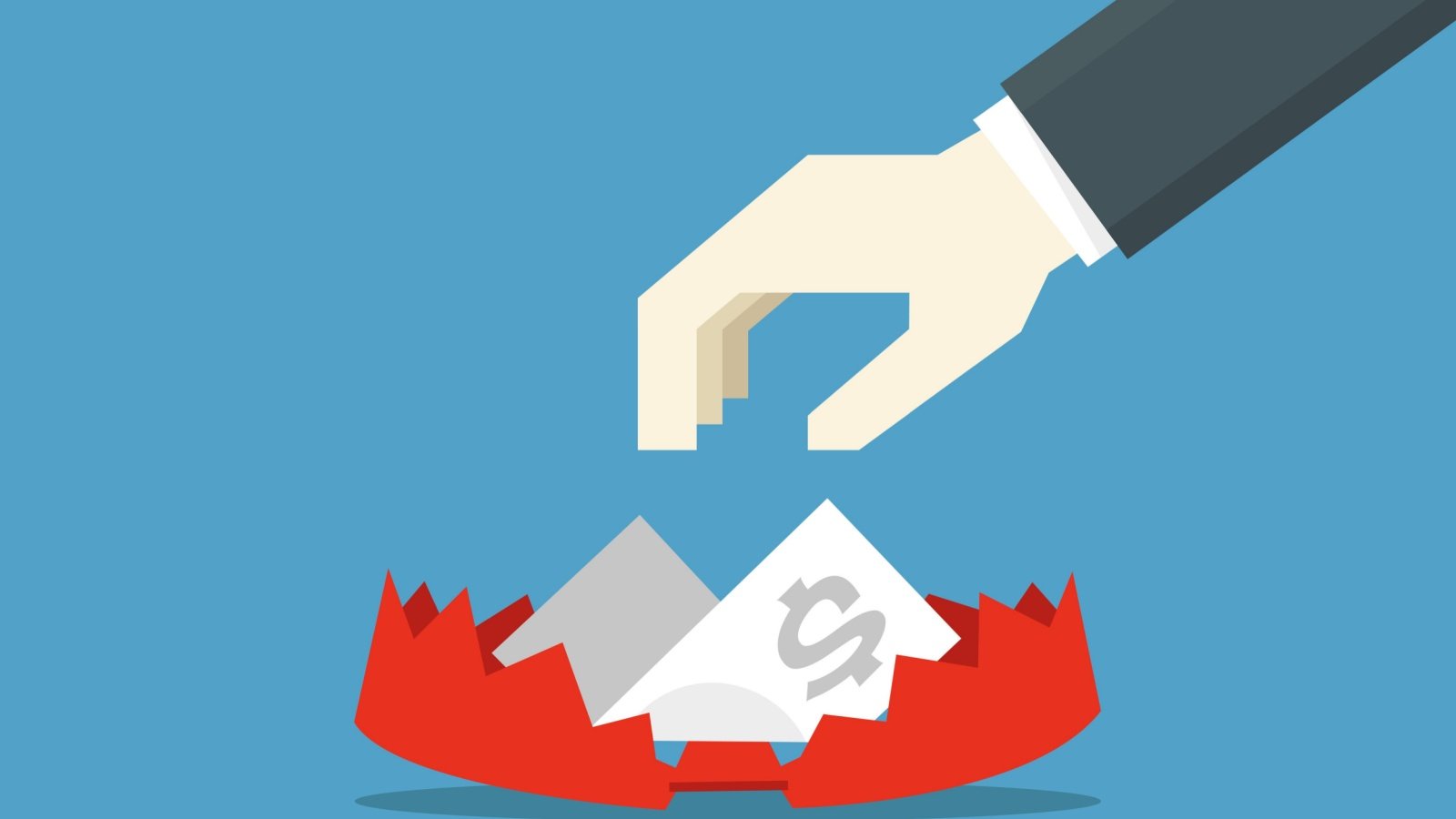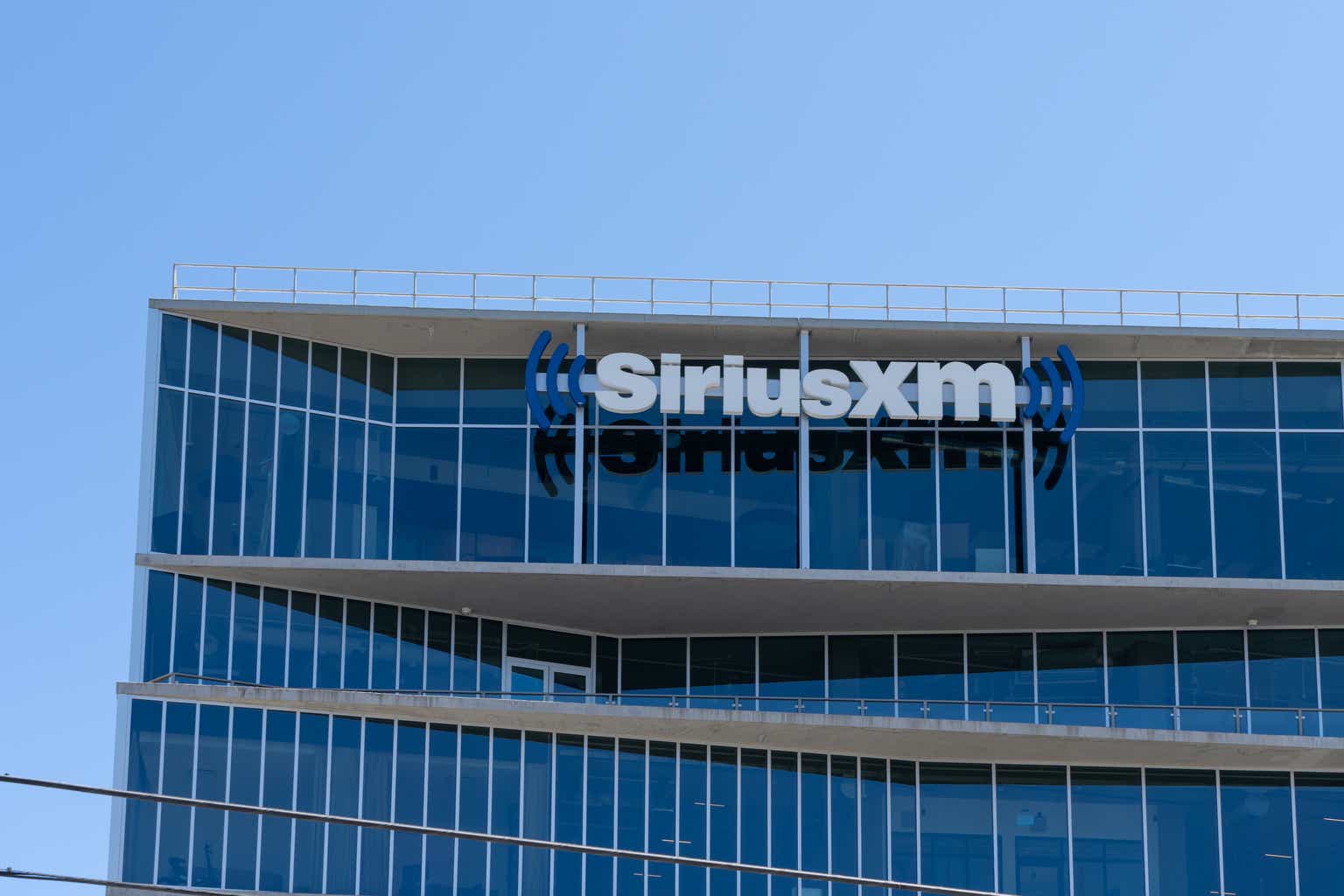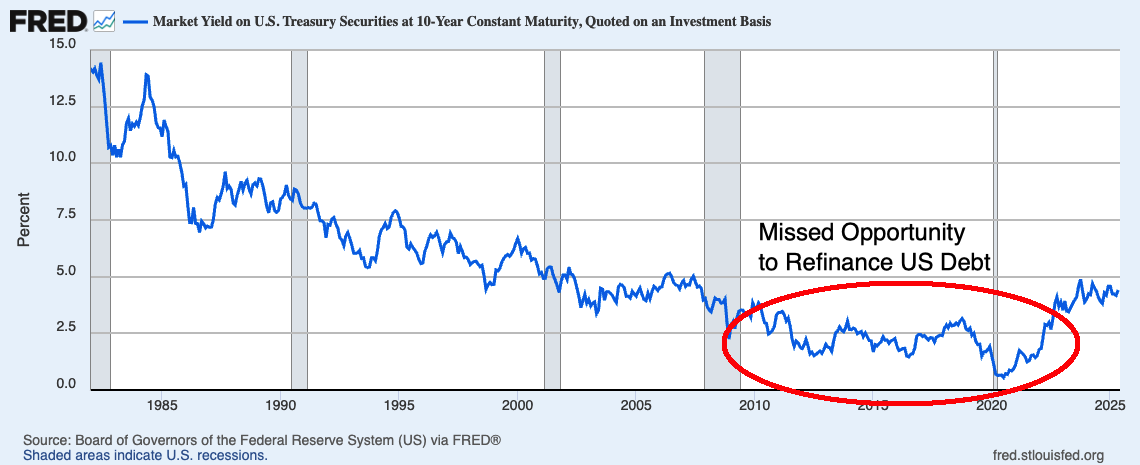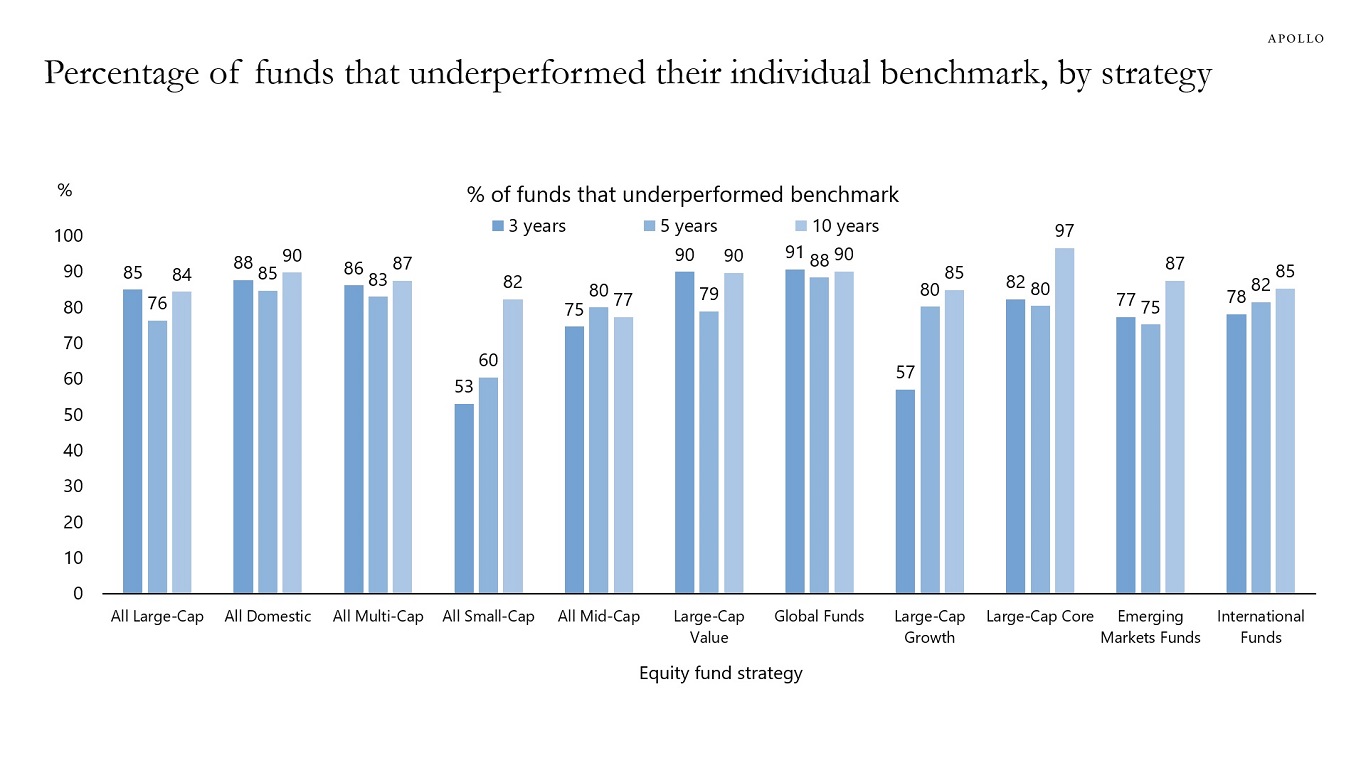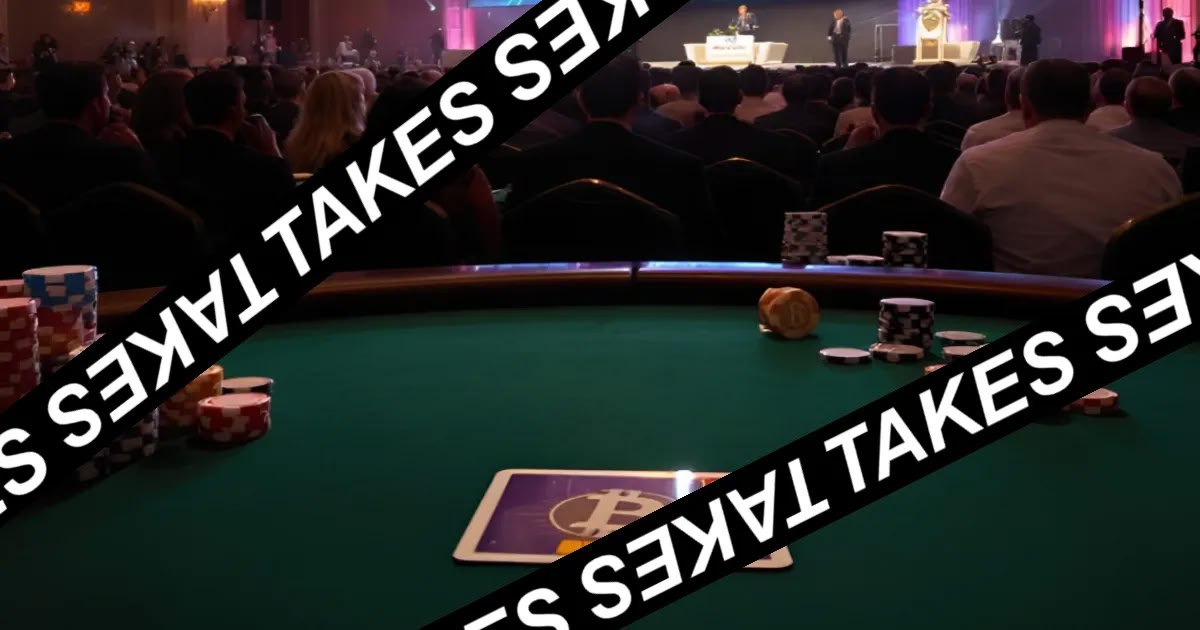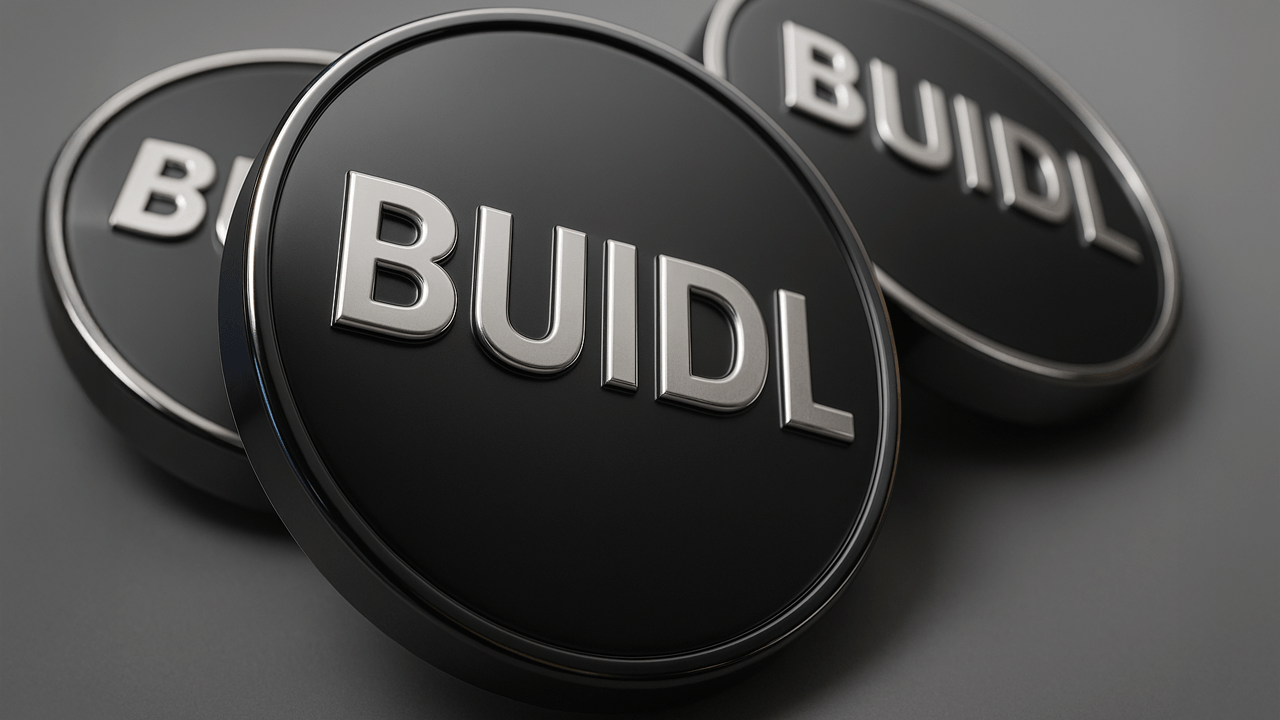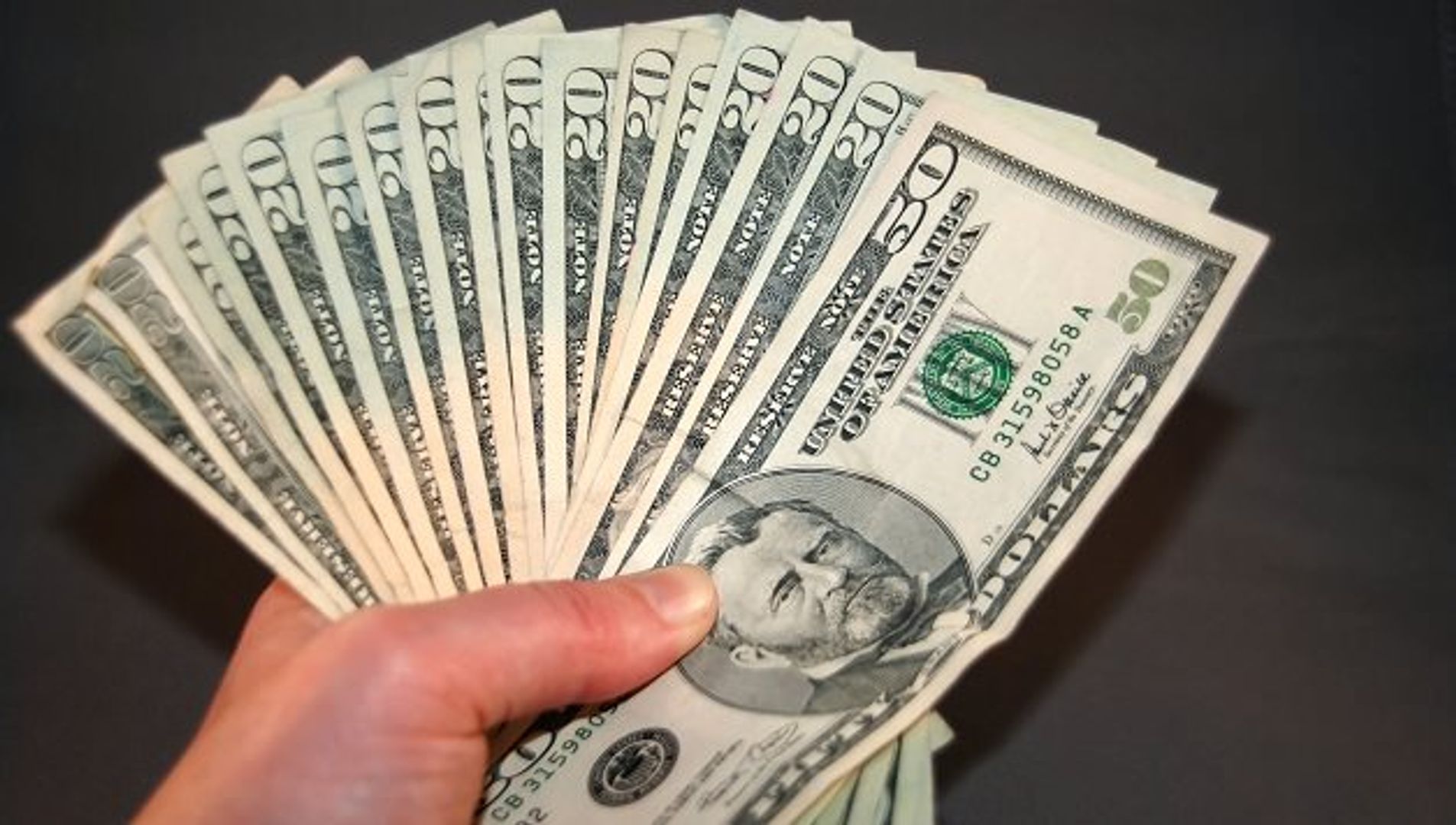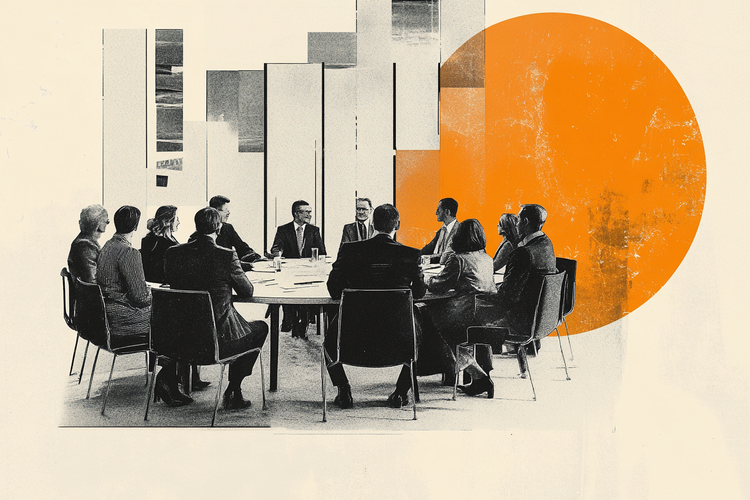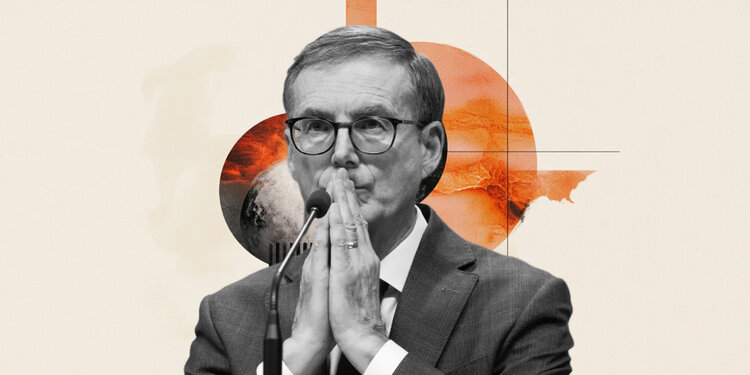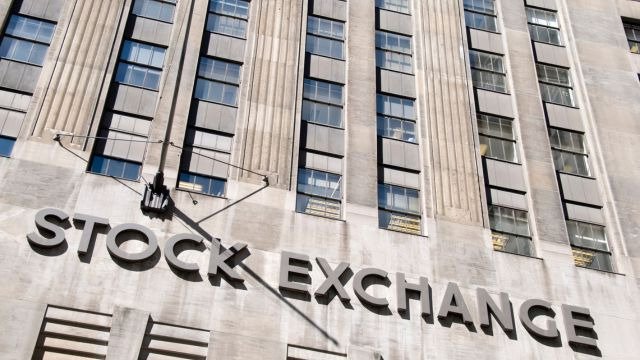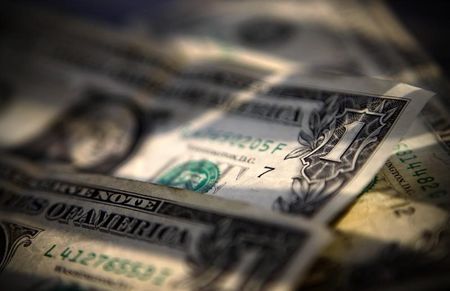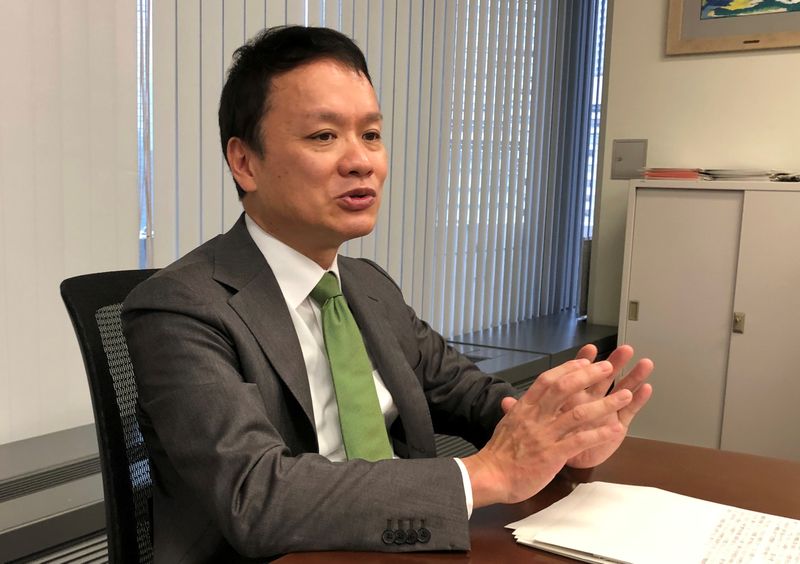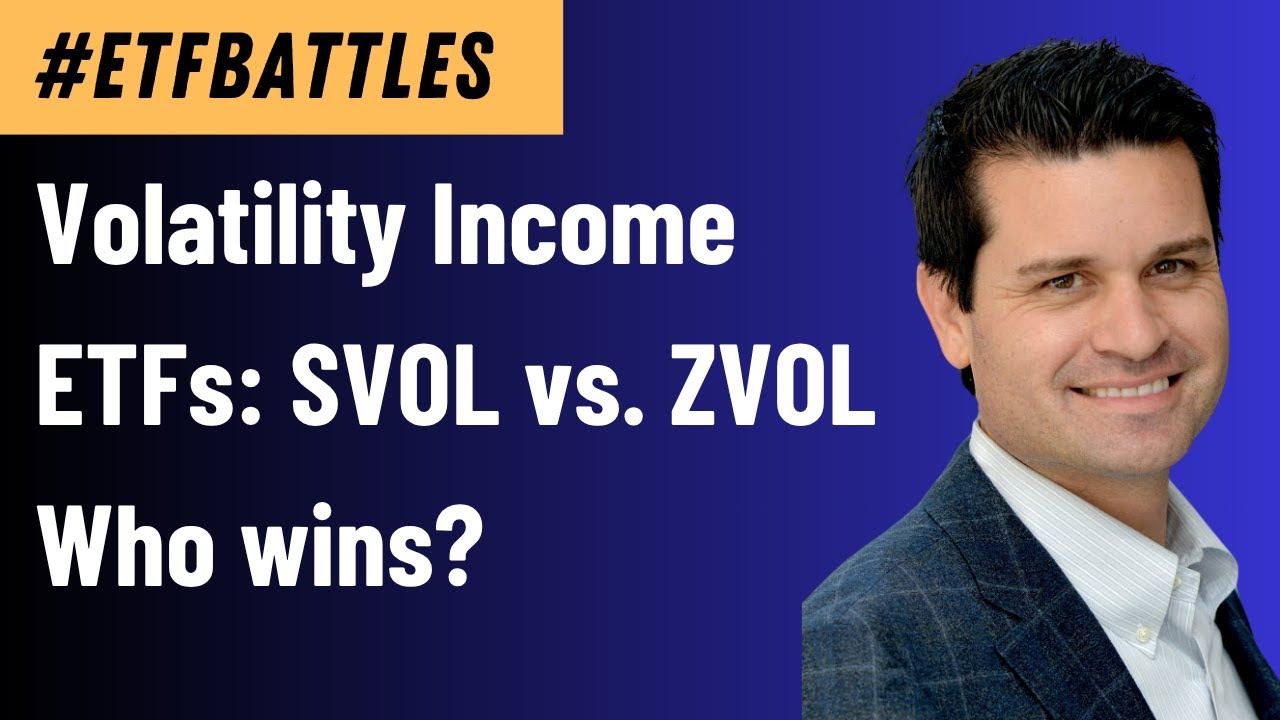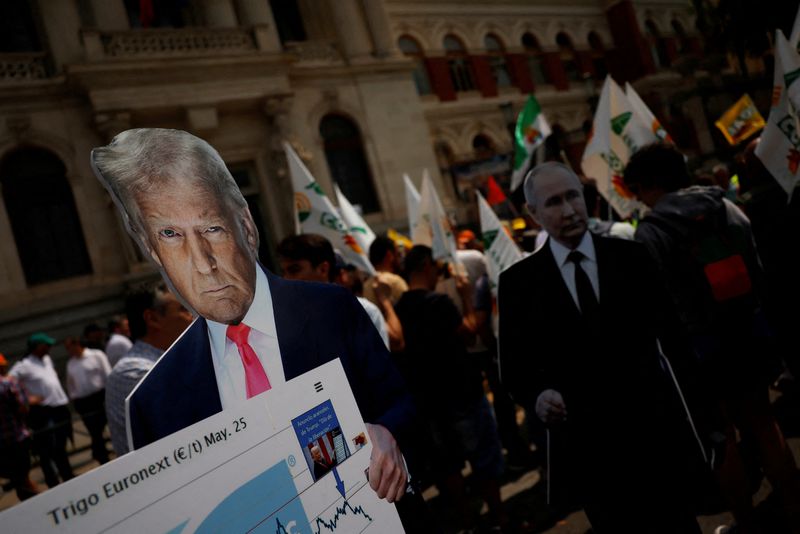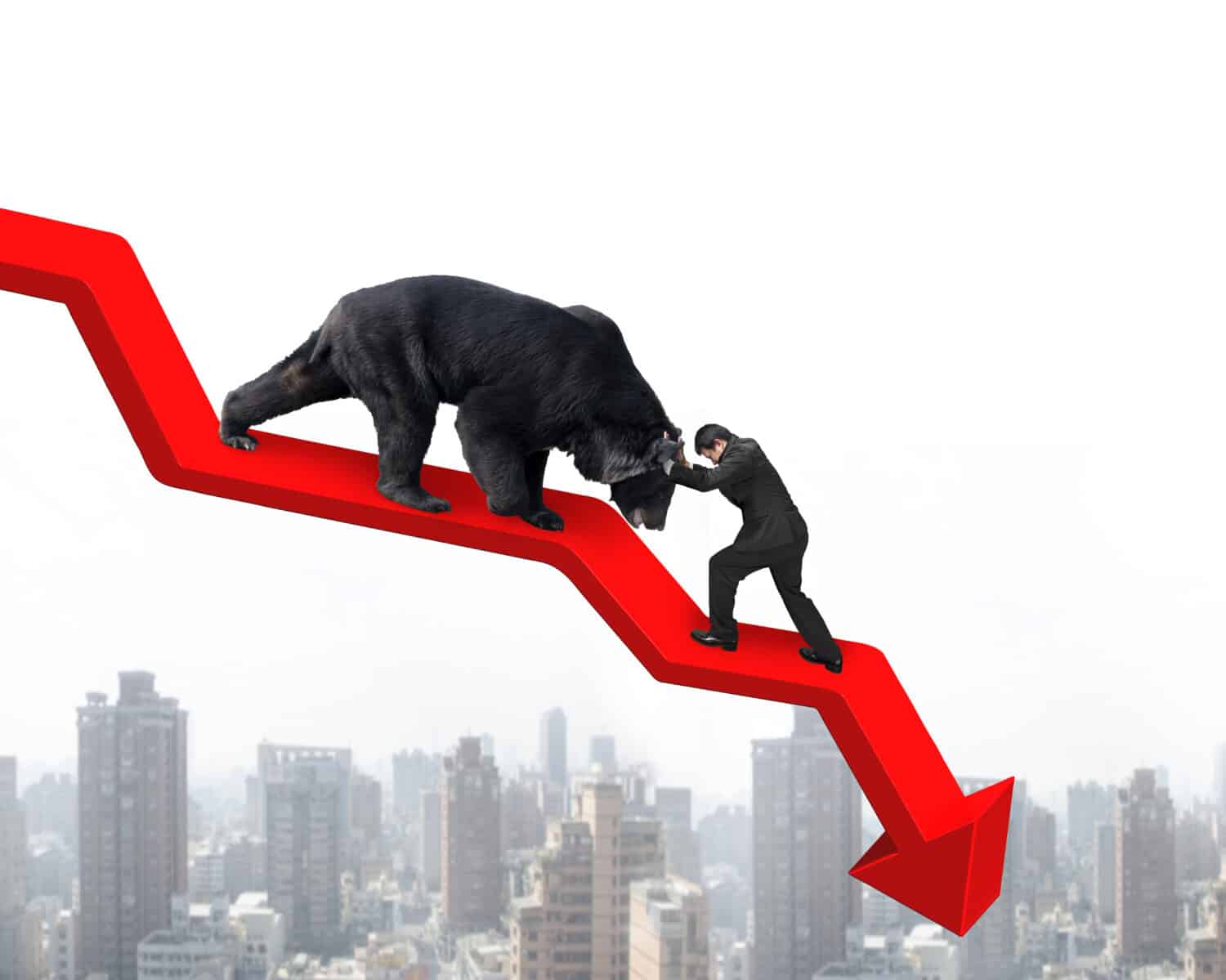I Spent $1,089 at Starbucks in Just 7 Months – What Am I Doing?
You never feel the impact of daily habits right away. Instead, it takes several months or years to see the results of those habits, whether the results are good or bad. A daily coffee habit recently compounded for someone and made its way to the Middle Class Finance subreddit. A regular Starbucks customer discovered that they had […] The post I Spent $1,089 at Starbucks in Just 7 Months – What Am I Doing? appeared first on 24/7 Wall St..

You never feel the impact of daily habits right away. Instead, it takes several months or years to see the results of those habits, whether the results are good or bad.
A daily coffee habit recently compounded for someone and made its way to the Middle Class Finance subreddit. A regular Starbucks customer discovered that they had spent $1,089 at Starbucks over the past seven months.
Discovering a problem is the first step toward solving it, and while it’s not bad to get Starbucks every once in a while, it is bad to make financial decisions without knowing how they are impacting you now and in the future.
Key Points
-
A coffee enthusiast realized that their Starbucks bill hit $1,089 in seven months.
-
Now, the coffee enjoyer wants to trim their monthly Starbucks costs and commit to long-term financial goals.
-
Are you ahead, or behind on retirement? SmartAsset’s free tool can match you with a financial advisor in minutes to help you answer that today. Each advisor has been carefully vetted, and must act in your best interests. Don’t waste another minute; get started by clicking here.(Sponsor)
The Monthly Spending Grew Over Time
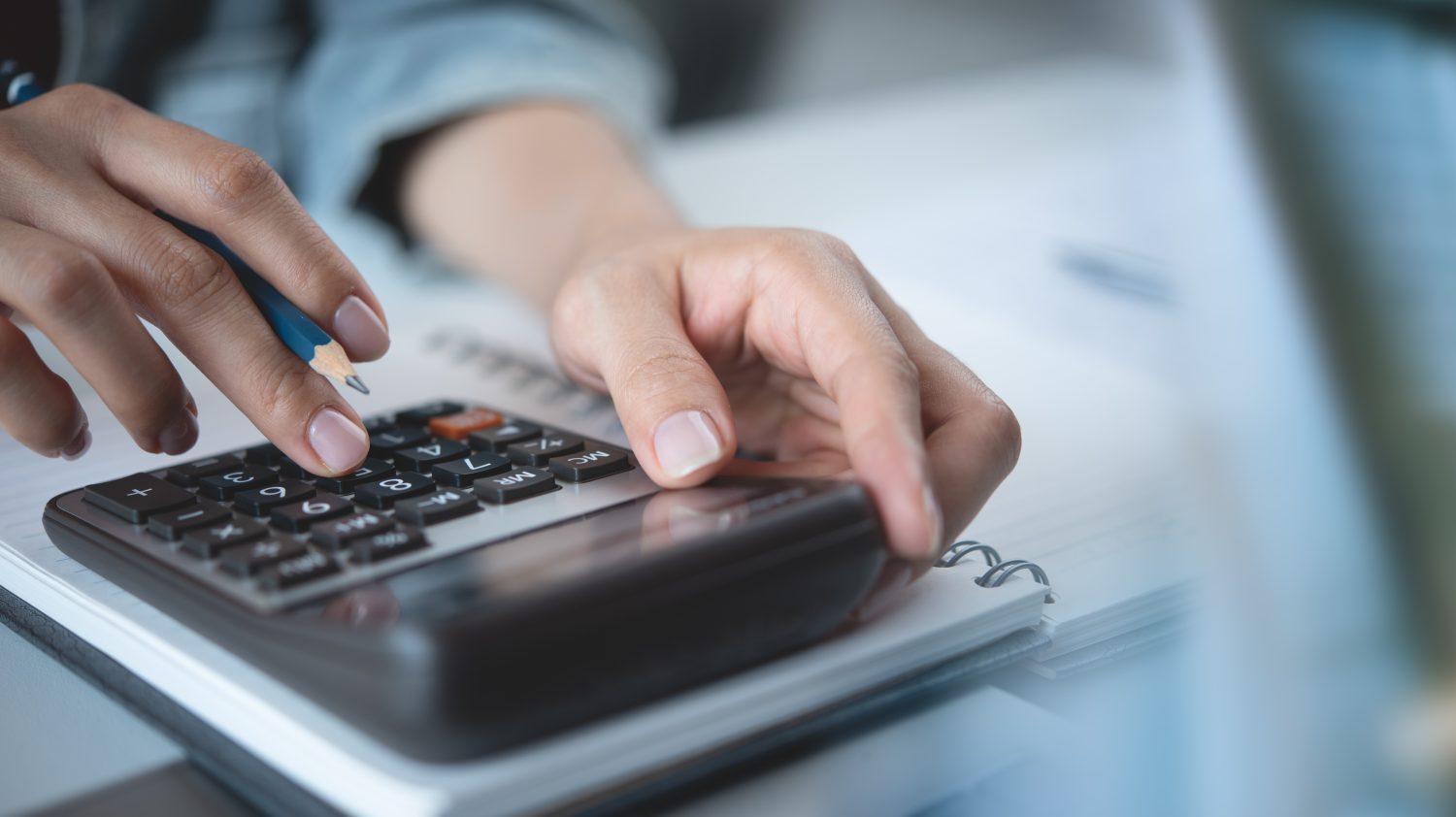
The coffee enthusiast spent an average of $155.29 per month on Starbucks, but the monthly spending wasn’t consistent. The individual spent a more pedestrian $45 on Starbucks coffee in January, but that figure skyrocketed to $334 in April. The Starbucks bill was $245 in March.
Getting a budgeting app and establishing all of your expenses can help you stay focused on your finances and spend your money optimally. You can review past credit card statements to see where your money goes and create a spreadsheet that shows your monthly income and expenses.
This spreadsheet can serve as a valuable resource, as you can revisit past data and track your progress. If you start to track something, you give yourself the opportunity to consciously improve in that metric.
Why Do You Want To Stop Buying Starbucks Coffee?

You need a compelling reason to adjust your spending habits. Some people make significant changes to their finances and lifestyles when they realize they are about to become parents. Some parents give up drinking and drugs immediately when they realize the responsibilities of being a parent.
You don’t have to wait until you become a parent to take your finances more seriously, but you need a compelling reason to improve your financial situation. Perhaps you want to buy a house in a few years, get out of credit card debt to remove financial stress or use the money to pursue a hobby that will enrich your life.
If you don’t know why you want to stop a bad money habit, you won’t have a good reason to change. Furthermore, the change should be a positive transformation instead of avoiding a negative outcome. For instance, instead of framing reduced spending as getting out of debt, you can view it as gaining financial freedom and feeling more at ease each day.
Set Saving And Investing Goals

Setting proactive goals around saving and investing money can keep impulsive purchases at bay, especially if you tie your saving and investing goals to meaningful life objectives. You don’t have to start big to generate momentum. Most people can save and invest $50 per month. You don’t even have to completely give up Starbucks to make that happen.
However, those small contributions can compound. A $50/mo contribution may soon turn into a $100/mo contribution.Putting more money into assets can inspire you to boost your income and be more disciplined with your budget. Soon, you may invest 10% of every paycheck and set more ambitious long-term goals.
It’s important to save and invest money before you spend it. You shouldn’t save what’s left over. Instead, you should spendwhat is left over after you save and invest. However, you don’t necessarily have to spend every leftover penny. Once you get into the habit of growing a portfolio, you may end up saving more of your income than you anticipated.
The post I Spent $1,089 at Starbucks in Just 7 Months – What Am I Doing? appeared first on 24/7 Wall St..





